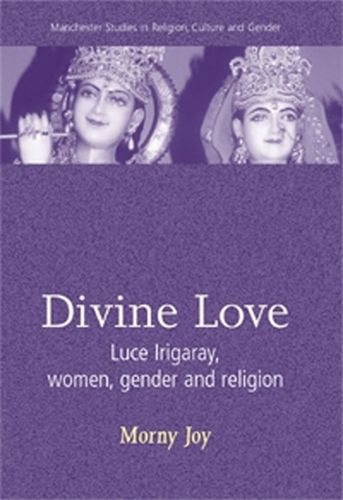Readings Newsletter
Become a Readings Member to make your shopping experience even easier.
Sign in or sign up for free!
You’re not far away from qualifying for FREE standard shipping within Australia
You’ve qualified for FREE standard shipping within Australia
The cart is loading…






This is the first full-length book on the market to explore the religious and spiritual elements of Luce Irigaray’s thought. This book: presents Irigaray’s ideas on love, the divine, an ethics of sexual difference, and (normative) heterosexuality, in detailed studies that are not available elsewhere; contextualises her work in terms of its reception by secular feminists and feminists within Religious Studies; and, discusses Irigaray’s own spiritual path which has been influenced by eastern religions - specifically the disciplines of yoga and tantra in Hinduism and Buddhism. It surveys Irigaray’s own interactions with certain philosophers, e.g., Descartes and Hegel, Levinas from a religious perspective, in ways that have not been undertaken elsewhere. Compares Irigaray’s work with that of the radical feminist, Mary Daly, where there are both striking similarities as well as major differences.
$9.00 standard shipping within Australia
FREE standard shipping within Australia for orders over $100.00
Express & International shipping calculated at checkout
This is the first full-length book on the market to explore the religious and spiritual elements of Luce Irigaray’s thought. This book: presents Irigaray’s ideas on love, the divine, an ethics of sexual difference, and (normative) heterosexuality, in detailed studies that are not available elsewhere; contextualises her work in terms of its reception by secular feminists and feminists within Religious Studies; and, discusses Irigaray’s own spiritual path which has been influenced by eastern religions - specifically the disciplines of yoga and tantra in Hinduism and Buddhism. It surveys Irigaray’s own interactions with certain philosophers, e.g., Descartes and Hegel, Levinas from a religious perspective, in ways that have not been undertaken elsewhere. Compares Irigaray’s work with that of the radical feminist, Mary Daly, where there are both striking similarities as well as major differences.